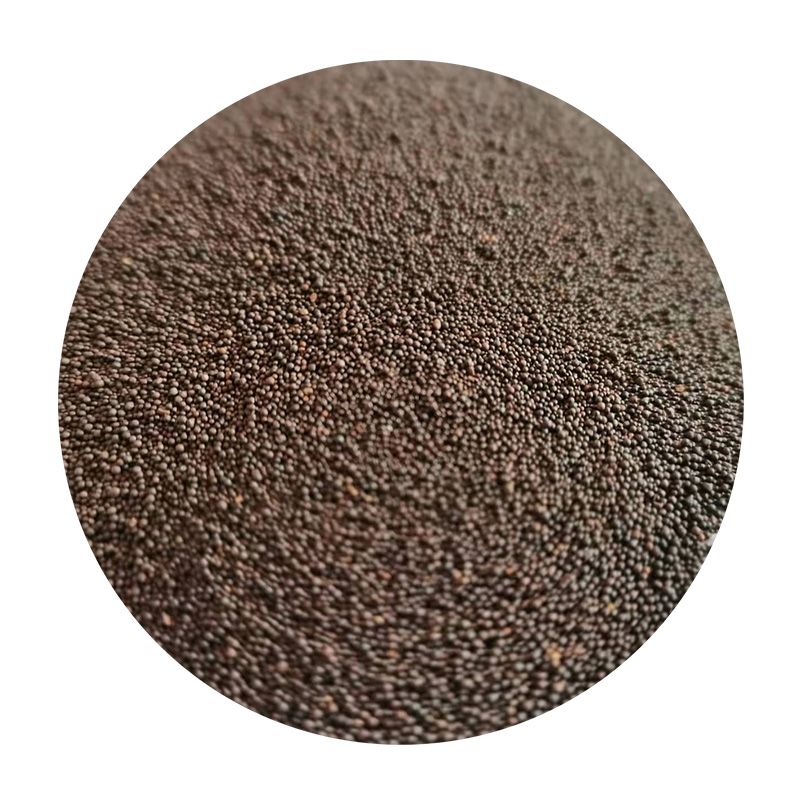Sanding and Painting 3D Prints A Step-by-Step Guide
3D printing has revolutionized the way we create objects, but to achieve a polished and professional finish, post-processing techniques such as sanding and painting are essential. This article will guide you through the process of sanding and painting your 3D prints to enhance their appearance and durability.
Understanding the Material
Before you begin sanding and painting, it’s crucial to understand the material of your 3D print. Most commonly, 3D prints are made from PLA, ABS, or PETG. Each material responds differently to sanding and painting techniques. For instance, PLA is relatively easy to sand, while ABS requires a more careful approach due to its tendency to become gooey when overheated.
Sanding
1. Preparation Start by ensuring your work area is clean and well-ventilated. Gather your tools, including various grits of sandpaper, a sanding block, and a dust mask.
2. Initial Sanding Begin with a coarse grit sandpaper (around 80-120 grit) to remove any supports, artifacts, or layer lines. It’s vital to be gentle, especially on detailed areas to avoid damaging intricate features.
3. Progressive Sanding Once the initial shaping is done, switch to finer grits (220, 400, and then up to 600 grit). This progressive sanding helps achieve a smooth surface. Make sure to sand in circular motions and change directions often to avoid flat spots.
sanding and painting 3d prints

4. Dust Removal After sanding, use a soft brush or a cloth to remove the dust from the surface. A compressed air can also be handy for getting into crevices.
Painting
1. Priming Apply a primer to your sanded print. This step is crucial as it helps paint adhere better and provides a smoother finish. Use a spray primer or an acrylic primer, depending on your preference. Allow the primer to dry completely.
2. Base Coat Once the primer is dry, apply a base coat of paint. Acrylic paints are a popular choice due to their versatility and ease of use. Use multiple thin coats instead of a single thick one to avoid drips and uneven coverage.
3. Detailing If your print has intricate details, consider using a fine brush for accuracy. For a more artistic approach, you can add accents or shading to enhance features.
4. Sealing After the paint has dried completely, it’s wise to apply a clear coat for protection. This not only seals the paint but also adds a glossy finish, enhancing the overall look of your 3D prints. Choose between matte, satin, or gloss finishes based on your desired outcome.
Final Thoughts
Sanding and painting 3D prints can be labor-intensive but is incredibly rewarding. With patience and attention to detail, you can transform a raw 3D print into a stunning piece. Always ensure to wear protective gear, especially during sanding, and work in a well-ventilated area when painting. Happy printing!
Post time:სექ . 19, 2024 04:14
Next:large sand casting
